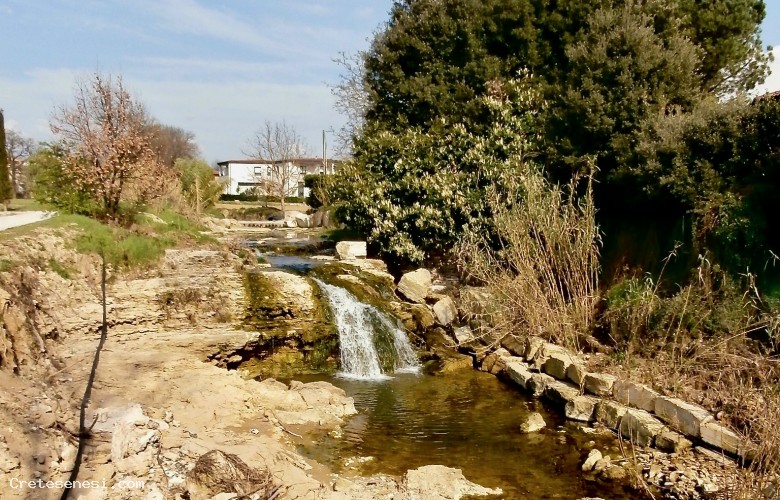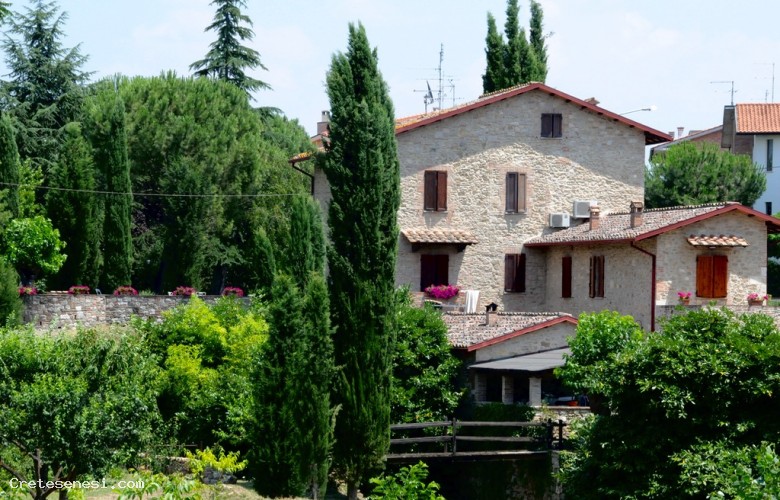Crete Senesi
M01 - Molinuzzo - Antico Mulino
ASCIANO

Time table
Not open to visitors, private propertyThis was the first mill that exploited the water of the Bestina, just below the confluence of the Bestinino stream.
Its name derives from the fact that, being the first of the mills, it could only count on the water stored in its own small mill without, like the mills further downstream, being able to reuse that of other mills,
The origin of the mill, certainly linked to the nearby monastic settlement, is not known. The only documentary trace concerning him and found to date is an annotation on the Leopoldine land registry of 1819.
The water supply for its operation is supposed to come from a natural reservoir present in the course of the river, thanks to a small barrage often damaged by floods. A confirmation of this hypothesis comes from the very low position of the two prisoners where the blades of the ritecine were drilled, with respect to the building.
Only later would a small gora be built, latral to the course of the river, which received water through a collection gorello, located at the height of the current ford to reach the Pieve di Sant'Ippolito.
The average capacity of the small mill is estimated at about 600 cubic meters.
http://www.cretesenesi.com/img_news/molinuzzo.pdf
Click here to use the Navigator of the Mills, to know all the details.
This was the first mill that exploited the water of the Bestina, just below the confluence of the Bestinino stream.
Its name derives from the fact that, being the first of the mills, it could only count on the water stored in its own small mill without, like the mills further downstream, being able to reuse that of other mills,
The origin of the mill, certainly linked to the nearby monastic settlement, is not known. The only documentary trace concerning him and found to date is an annotation on the Leopoldine land registry of 1819.
The water supply for its operation is supposed to come from a natural reservoir present in the course of the river, thanks to a small barrage often damaged by floods. A confirmation of this hypothesis comes from the very low position of the two prisoners where the blades of the ritecine were drilled, with respect to the building.
Only later would a small gora be built, latral to the course of the river, which received water through a collection gorello, located at the height of the current ford to reach the Pieve di Sant'Ippolito.
The average capacity of the small mill is estimated at about 600 cubic meters.
http://www.cretesenesi.com/img_news/molinuzzo.pdf
Click here to use the Navigator of the Mills, to know all the details.